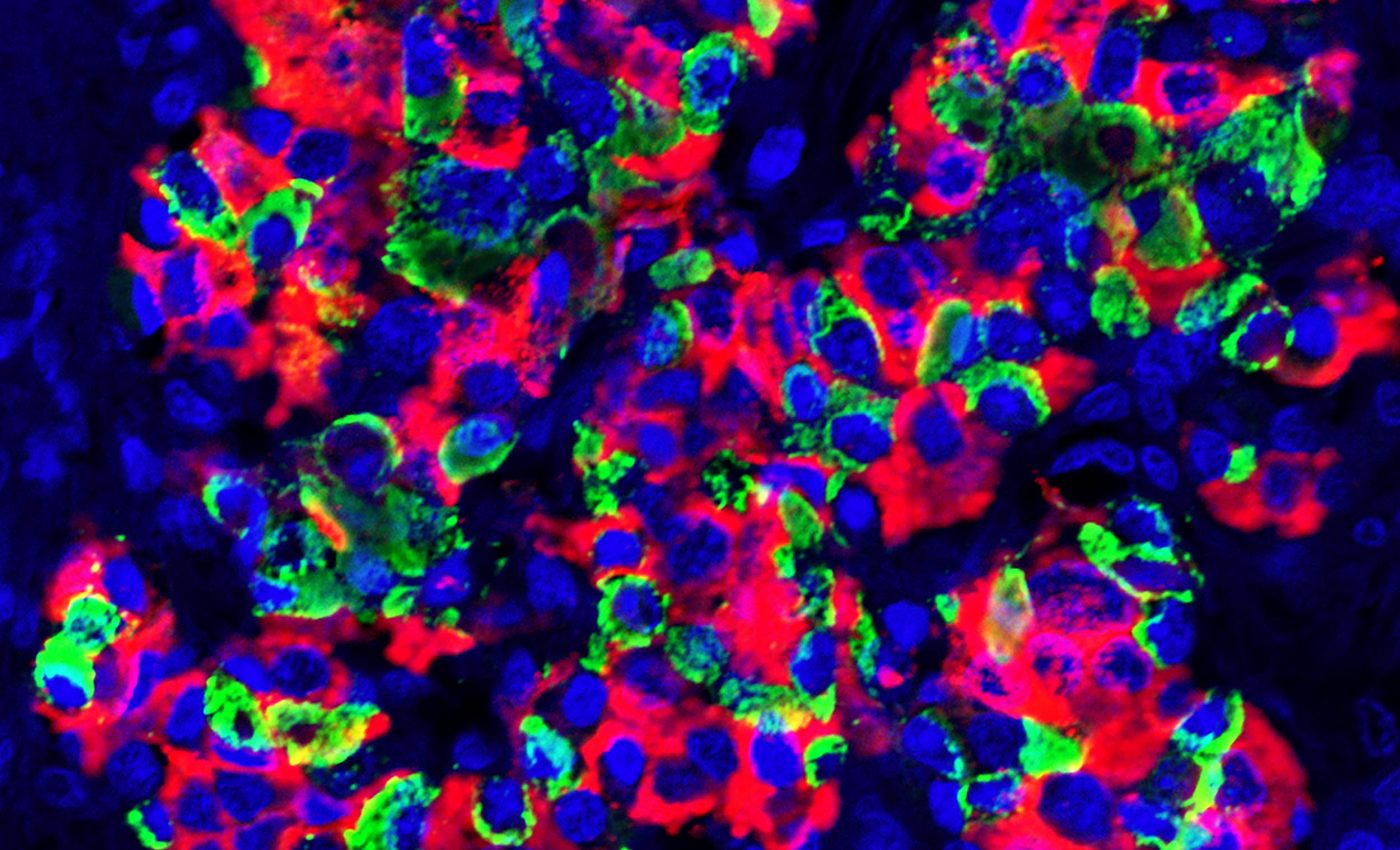
This overlooked human organ has a built-in bioreactor that could revolutionize diabetes treatment
In everyday life, the spleen rarely gets the spotlight. This lesser-known organ, tucked under the rib cage on the left side of the abdomen, has just gained new respect from medical researchers.
For a long time, doctors have been able to remove the spleen without major issues, giving it a reputation as something non-essential. That view is now shifting, thanks to a fresh wave of discoveries related to organ repair and new cell growth.
Spleen’s surprising capability
Recent work led by a team of researchers, including Professor Lei Dong and Professor Jian Xiao from Wenzhou Medical University, Nanjing University, and the University of Macau, has opened up new horizons.
They have shown that the spleen can be turned into a built-in system that supports transplanted tissues.
Many see this approach as a possible game-changer for people with type 1 diabetes, a serious condition in which the body stops making enough insulin.
Spleen redefined as a valuable organ
For decades, doctors recognized that the spleen helps manage blood cells and fights infections. Yet, a partial or total removal rarely caused life-threatening problems, leading many to call it non-essential.
That view changed when experts discovered how immunomodulatory nanoparticles could adjust the local environment inside the spleen. Researchers believe this technique sets the stage for better acceptance of transplanted islets, the insulin-producing clusters in the pancreas.
A built-in host for new cells
“We’re essentially converting the spleen into a high-performance bioreactor,” explains Dong. He adds that by enhancing the extracellular matrix, improving blood vessel formation, and controlling immune attacks, transplanted cells can flourish.
For some doctors, the spleen’s layout and connections make it a strong candidate for these treatments. It receives blood directly, which can help transplanted cells get oxygen and nutrients right away.
Spleen showed organ support abilities
In earlier studies reported in 2020, the same team showed that a reprogrammed spleen could support partial liver-like functions in mice. This finding laid the groundwork for investigating if the spleen can handle other types of tissues.
Now, they have taken that concept further by examining how the spleen might support transplanted insulin-producing cells in nonhuman primates. This serves as a vital step before potential testing in human volunteers.
Tackling type 1 diabetes
About 1.6 million people in the United States are estimated to have type 1 diabetes. The condition arises when the body’s immune system mistakenly attacks the insulin-making cells in the pancreas.
A promising option has been islet transplantation, but it often faces issues with rejection and poor cell survival. Scientists hope that by giving these cells a protected environment inside the spleen, more patients could benefit from transplantation.
Injections that change the game
These nanoparticle injections prime the spleen to handle new cells more effectively. This strategy might reduce the need for high-dose immune-suppressing drugs.
Reports suggest that the spleen’s environment becomes friendlier to new cells after the nanoparticle treatment. This shift could help ensure that transplanted islets continue working in the long run.
Looking ahead
Researchers are now considering how to refine these spleen-focused methods to handle stem cell–derived tissues. One vision involves using induced pluripotent stem cells, or iPSCs, to create organs that match each patient’s own tissue profile.
However, experts caution that more safety tests are essential before this approach finds its way into clinics. Large-scale trials and long-term monitoring would help confirm if these cells remain stable and functional over time.
Minimally invasive approaches, such as B-ultrasound guided injections, might also make this therapy more accessible. Early demonstrations in animals have shown encouraging feasibility for that technique.
Spleen could power next steps
If future tests confirm these successes, doctors might have a simpler way to replace failing organs without relying on complex external devices. In the case of insulin-making cells, that could mean fewer daily injections and better quality of life for many individuals.
Most people never expect the spleen to help them recover lost organ function. Yet this approach highlights how an overlooked structure might hide untapped capacity for medical breakthroughs.
Though more confirmation is needed, the early findings raise hope for a future where organ transplants rely less on donor shortages and immune conflicts. Even if the spleen was once called non-essential, it might soon prove to be a valuable partner in personalized medicine.
The study is published in Science Translational Medicine.
—–
Like what you read? Subscribe to our newsletter for engaging articles, exclusive content, and the latest updates.
Check us out on EarthSnap, a free app brought to you by Eric Ralls and Earth.com.
—–













